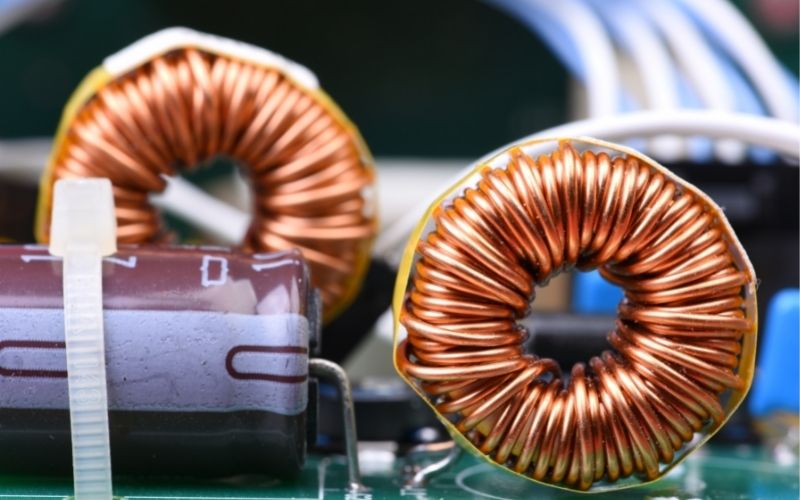Table of Contents
The most essential part of the micro-coil manufacturing process is the coil winding process. The coil winding process includes several activities including wrapping, casting, gluing, soldering, etc. Therefore, when we talk about coil winding services, we actually indicate the services of these activities. However, in order to provide these services, a manufacturing company should possess efficient machinery and equipment. In this article, we will explain to you the coil winding process and the requirements of the coil winding process.
Coil Winding Process:
During the coil winding process, manufacturers wind or twist a conductive wire around a core or pin in order to prepare the micro-coils. However, in order to ensure the durability of the wires, manufacturers should isolate the wires by using the isolation process. The entire process of manufacturing micro-coils is quite difficult because of multiple factors, such as
- For the preparation of miniaturized micro-coils, manufacturers require to use very thin threads that have diameters about 58 AWG to 61 AWG as a result of size constraints. When it comes to manufacturing micro-coils of 0.8 mm wide, the thinnest isolated wire of 9 microns diameter is essential. On the other hand, to manufacture medical devices such as catheterization, tiny micro-coils are essential as size is an important factor here.
- The micro-coil winding process can not be fulfilled without connecting the conductive wires. No longer we can use the traditional methods for this connectivity solution due to multiple drawbacks. Most coil winding service providers use thermal compression bonding technology in order to build a connection between two ultra-fine wires.
- Due to the significant development of the coil winding services, device designers are becoming able to apply micro-coils in an enormous number of applications.
The Manufacturing Process of Micro-Coils:
Micro-coils are manufactured through the coil winding process that winds a conductive wire around a pin or core. After the winding process, manufacturers can also eliminate the core in order to prepare coreless coils. Due to their smaller size, coreless coils have substantial applications in vain insertion. The size of the coil depends on the number of turns or windings and the coils can consist of 400 turns, 600 turns, 1000 turns, or 2000 turns. When the micro-coils involve the maximum number of turns, manufacturers reduce the thickness of the wire in order to minimize the coil size. As the manufacturers need to avoid the isolation breakpoint of the wire, reducing the thickness of the wire is a difficult task for them. This leads to the necessity of special machinery and expertise.
- Manufacturers mostly use insulated copper wire for micro-coils due to their excellent conductivity. However, micro-coils can be of other metals based on the application area.
- For the winding process of bifilar coils, manufacturers use two strands of wire together. Two parallel wires help to reduce inductance and for this reason, bifilar coils offer higher sensitivity and efficient fill factor.
Distinguishing Micro-Coils:
There are different types of coils based on the shape, size, and material.
- Besides copper micro-coils, manufacturers also produce titanium, gold, silver, and aluminum micro-coils depending on the application type.
- Application area and production procedure also influence the shape and size of the coils. The more tiny the micro-coils are the more they are expensive.
Ultra-Fine Wire Connection:
Apart from the micro-coils, there are different components in a device, and it is essential to connect all the components. To connect the micro-coils with the terminals using ultra-fine wires, manufacturers require effective technology. Laser-micro soldering methods and traditional heat-based soldering methods are problematic for providing the connectivity solution and can cause poor connectivity, damage due to heat spread, oxidation of the joints, degraded connections, insolation impairment, etc.
To overcome these problems, most coil winding service providers use thermal compression bonding technology to offer different connections using ultra-fine wires. This method is efficient for joining ultra-fine wires of similar diameter and material as well as for joining ultra-fine wires of different diameters and materials. In the case of terminal-based connections, the ultra-fine wires get connected with a gold-plated terminal. Besides providing molecular connections, this technology is also effective for strain-free connectivity, corrosion-free connectivity, and highly reliable joints. With the help of this technology, coil winding service providers can minimize the total manufacturing cost. As the application areas of micro-coils are expanding, the demand for effective coil winding services is increasing.
